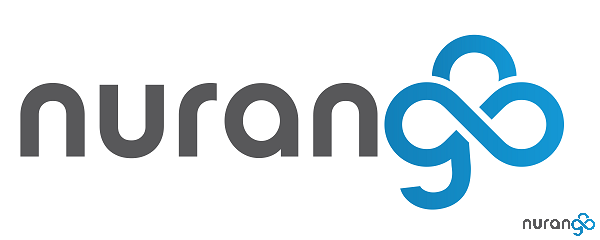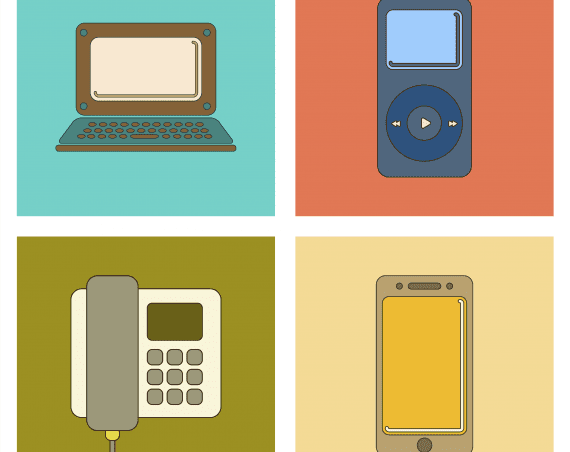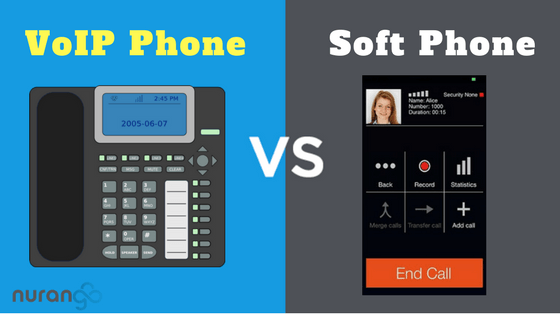
The growing number of remote workers has started to change the way we think of our phone system setup and deployment. Whether it’s your corporate culture or a temporary emergency that has your team working remotely, here’s what you’ll need to consider.
Your Auto Attendant or “IVR”
Your IVR doesn’t reflect where your callers are eventually routed to as it’s common to direct callers to a call center or answering service or existing remote workers and not necessarily to a local office.
In a temporary or emergency situation how ever, you’ll need to consider the updated information you’ll want to provide to customers regarding any change in hours, product availability and any changes to how you handle critical services such as support (where applicable).
If you’re in a hurry, you can either record a temporary greeting which is generally available to system admins either by a handset connected to the local system or by uploading your greeting. If you have more time to plan it out, consider hiring a professional voice over talent which can be done inexpensively on freelancer sites like Fiverr.com.
Voicemail Changes
Not all customer will reach your IVR. Some team members may have direct numbers and in a change of availability a voicemailbox message should be updated to provide that information. Some systems have a temporarily greeting voicemail option that is used for such purposes and can be toggled on and off by the owner.
Ensure the new message includes your new hours and any contact information for another team member that might be taking your place temporarily. Any other information that you can provide to eliminate customer confusion and frustration should be included.
Setting up phones remotely
If you’re already using softphones as the primary users communication tool ,little or no changes need to be done. If not, there are a couple of things to keep in mind;
Either a softphone can be installed on a users home work station or on their mobile phone using a mobile softphone app. Both will allow the user to receive calls to their direct, their personal phone numbers, and allow them to make outbound calls that reflect the company Caller-ID.
To consider;
If you plan on using the same device credentials as in the office, often you will run into issues with having 2 devices registered at the same time. This is due to the phone system getting confused as to where the user actually is as the phones both periodically update their registration. For this reason you either need to disconnect the in-office handset or setup an additional device for the user. Bear in mind that additional devices may incur additional charges with your provider so plan your strategy around costs as well.
Remote IP phone security
You should also take into account security on the remote phone system if your PBX is in-house. Opening your firewall to the world is less than ideal and gathering every users remote IP next to impossible. Check if your firewall has either a SIP Proxy or SIP ALG which can be enabled and consider setting up a VPN for remote users to tunnel through.
Alternate options
Call Forwarding
Your second option is to enable call forwarding to a users mobile phone. This is simple to receive inbound calls only while a softphone is likely needed to make outbound calls or use a web phone if you have access to one. Users might just use their own phones to make calls temporarily but won’t be able to show company caller-ID in the process. Determine if that’s an issue for your workflow or not.
Webphones
Some providers and even in-house PBX systems offer a webRTC phone – a web based softphone that can be accessed from any browser to make and receive calls from your extension.
nurango example Webphone;
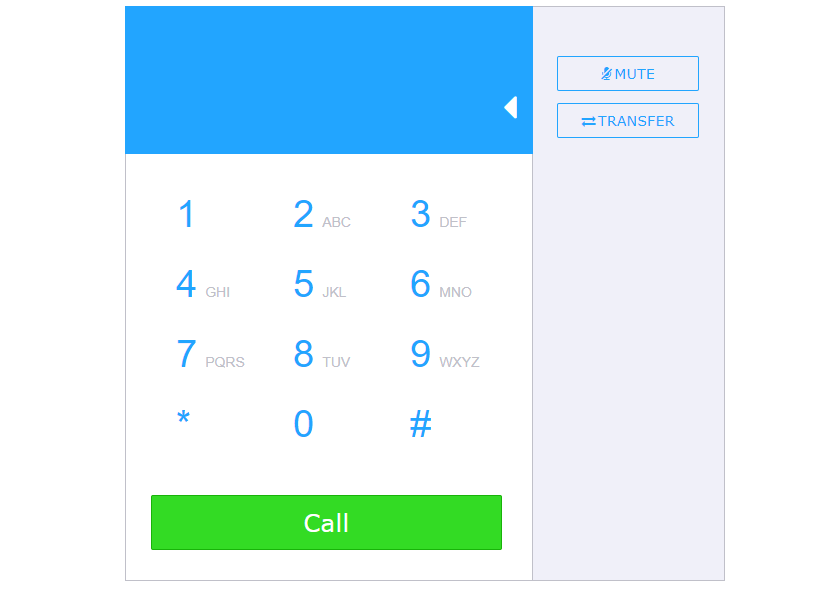
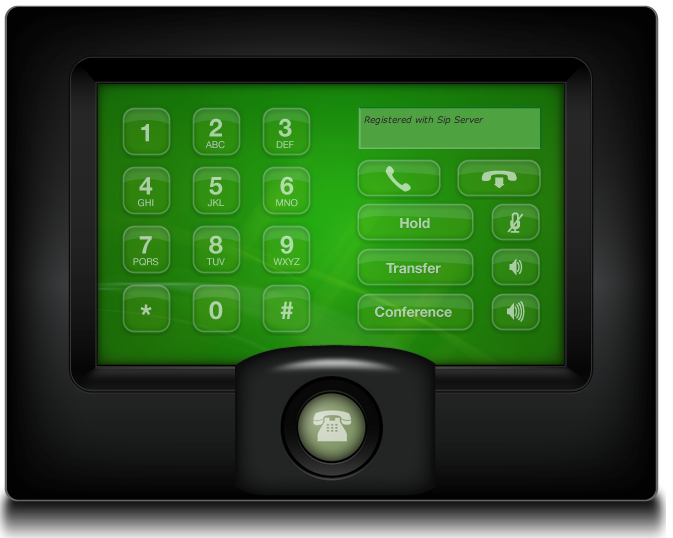
Building in remote working is an essential part of the work flow now in 2020. The adoption has been rapid since the beginning of 2020 during the need for the global quarantine. This will have lasting effects since IT administrators will have devised the infrastructure and setup already needed, while execs have become more comfortable with the idea. Ensuring it is done right and seamlessly will make that adoption even more friction-less on the road ahead to the future of remote working.
How has remote working changed your company, are you facing any challenges that you want to mention? Let us know in the comments 🙂
Need a hosted phone system for seamless in-house and remote worker collaboration? Check out https://www.nurango.ca/phone-system
